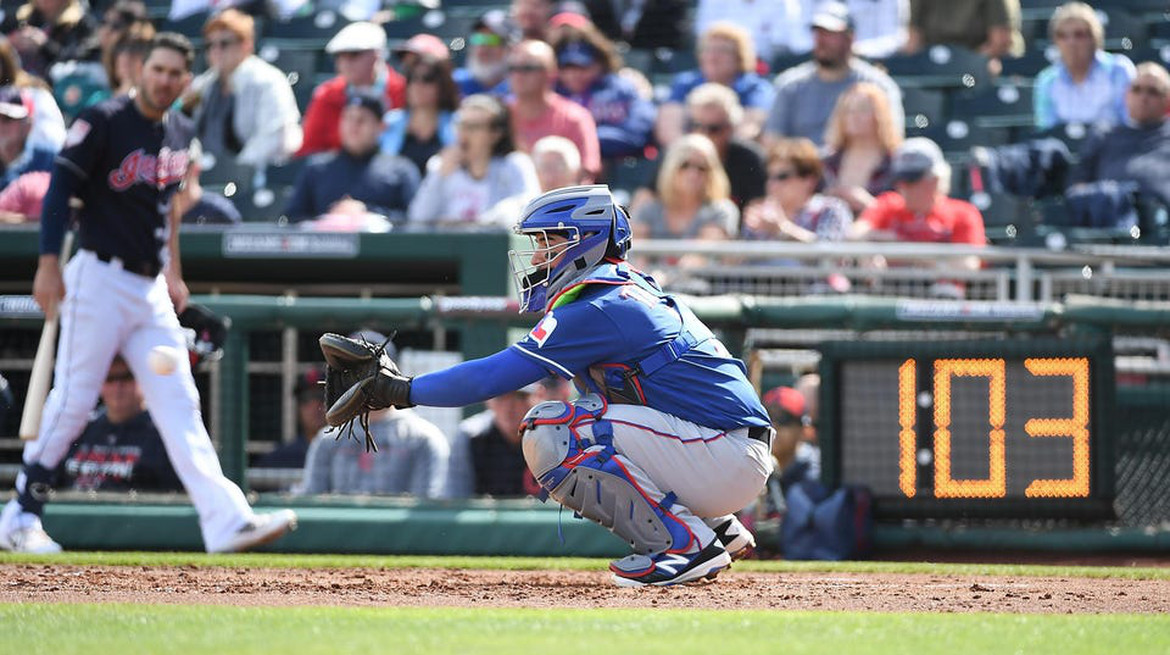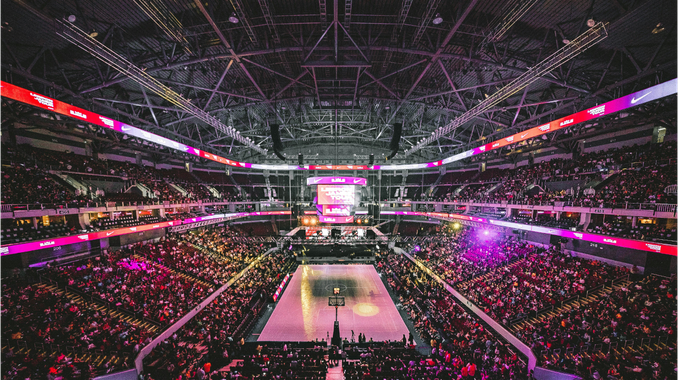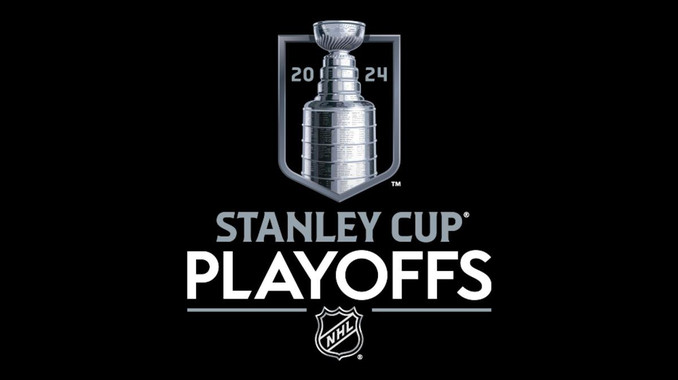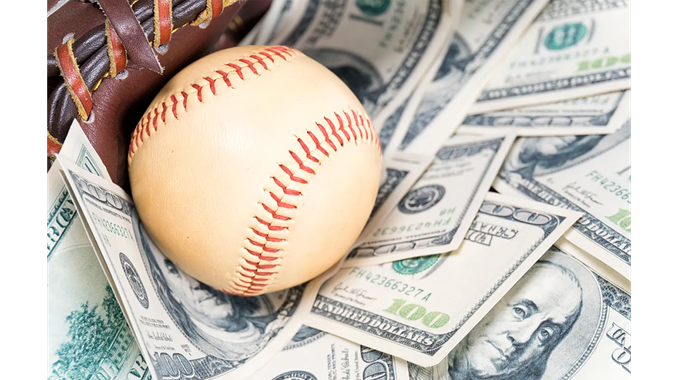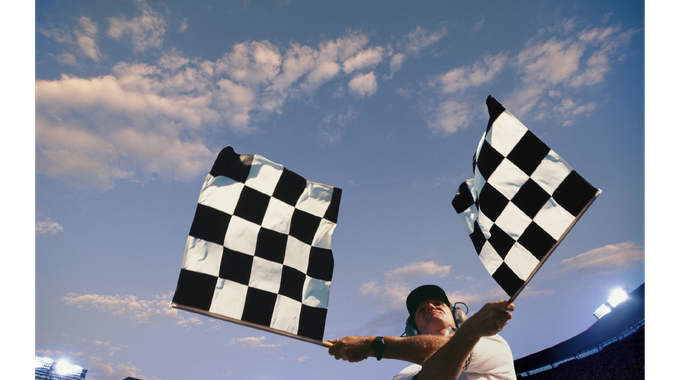[Photo: Getty Images]
Major League Baseball unveiled a round of sweeping rules changes for the start of spring training Friday afternoon (Feb. 24), including bigger bases and a pitch clock, intended to speed up the game as TV ratings continue to slump, although some baseball purists are not taking the changes lightly.
Key Facts
The MLB introduced the changes for Friday’s spring training games between the Texas Rangers and the Kansas City Royals, and the Seattle Mariners and the San Diego Padres.
Under the new rules, pitchers have 15 seconds to throw a pitch when the bases are empty and 20 seconds to do so with runners on base, with a pitch clock behind home plate letting them know how much time is left—similar to a play clock in the NFL.
The move comes two years after the MLB introduced the pitch clock in a trial run in the minor leagues, which the league said decreased the time of an average game by 26 minutes.
Starting Friday, the team on the field is no longer allowed to position their infielders in the shift—a formation designed to limit left-handed hitters’ hits by putting three of the four infielders on one side of the field—requiring two infielders on each side of second base and not on the outfield grass.
Each base (though not home plate) is also bigger, expanding from 15 to 18 inches, in an effort to reduce baserunning injuries and promote stealing.
When used in the minor leagues, the new bases increased the number of steals per game from 2.23 in 2019 to 2.83 last year, with 77% of runners stealing successfully with the new bases, compared with 68% before they were installed.
Pitchers are also limited to two pickoff attempts to first base, or pickoff fakes, for each batter they face.
Tangent
The changes are the MLB’s latest attempt to speed up the game and make it more exciting, following several rounds of new rules, including the creation of a designated hitter in the National League to replace pitchers—typically a team’s worst hitter. In 2018, the league also limited the number of times per game coaches could make mound visits and made commercial breaks shorter. League officials said the changes would make the game faster, as some games have lasted well over three hours. Stadiums have struggled in recent years to fill up their stands, with attendance dropping 5.4% from 2019 to July 2022, with an average attendance of just over 26,000. Television ratings have also fallen off, dropping 12% between 2019 and 2021 in 29 regional sports networks, according to Nielsen.
Contra
Several players have complimented the MLB for addressing what has long been seen as an impediment to attracting more new fans to the game. New York Mets star Francisco Lindor and Chicago Cubs outfielder Ian Happ argued the removal of the shift will create more hits for left-handed players who had been robbed of easy singles and doubles into right field when infielders were shifted right of second base, though several players and managers have spoken out against the change. When asked about banning the shift, Cleveland Guardians manager Terry Francona said, “Are you rewarding guys that just pull the ball instead of trying to get back to using the whole field?”
Chief Critic
One of the loudest critics in recent months was Boston Red Sox pitcher Matt Strahm, who told NBC Sports the pitch clock was an “unnecessary” step, adding, “what they don’t talk about is how many pitchers in between every inning are waiting for the extra 35 seconds that Major League Baseball has put in between innings for ad purposes.”
This article was written by Brian Bushard from Forbes and was legally licensed through the Industry Dive Content Marketplace. Please direct all licensing questions to legal@industrydive.com.
![]()
The content is featured on https://www.directv.com/insider/ is editorial content brought to you by DIRECTV. While some of the programming discussed may now or in the future be available affiliates distribution services, the companies and persons discussed and depicted, and the authors and publishers of licensed content, are not necessarily associated with and do not necessarily endorse DIRECTV. When you click on ads on this site you may be taken to DIRECTV marketing pages that display advertising content. Content sponsored or co-created by programmers is identified as "Sponsored Content" or "Promoted Content."
